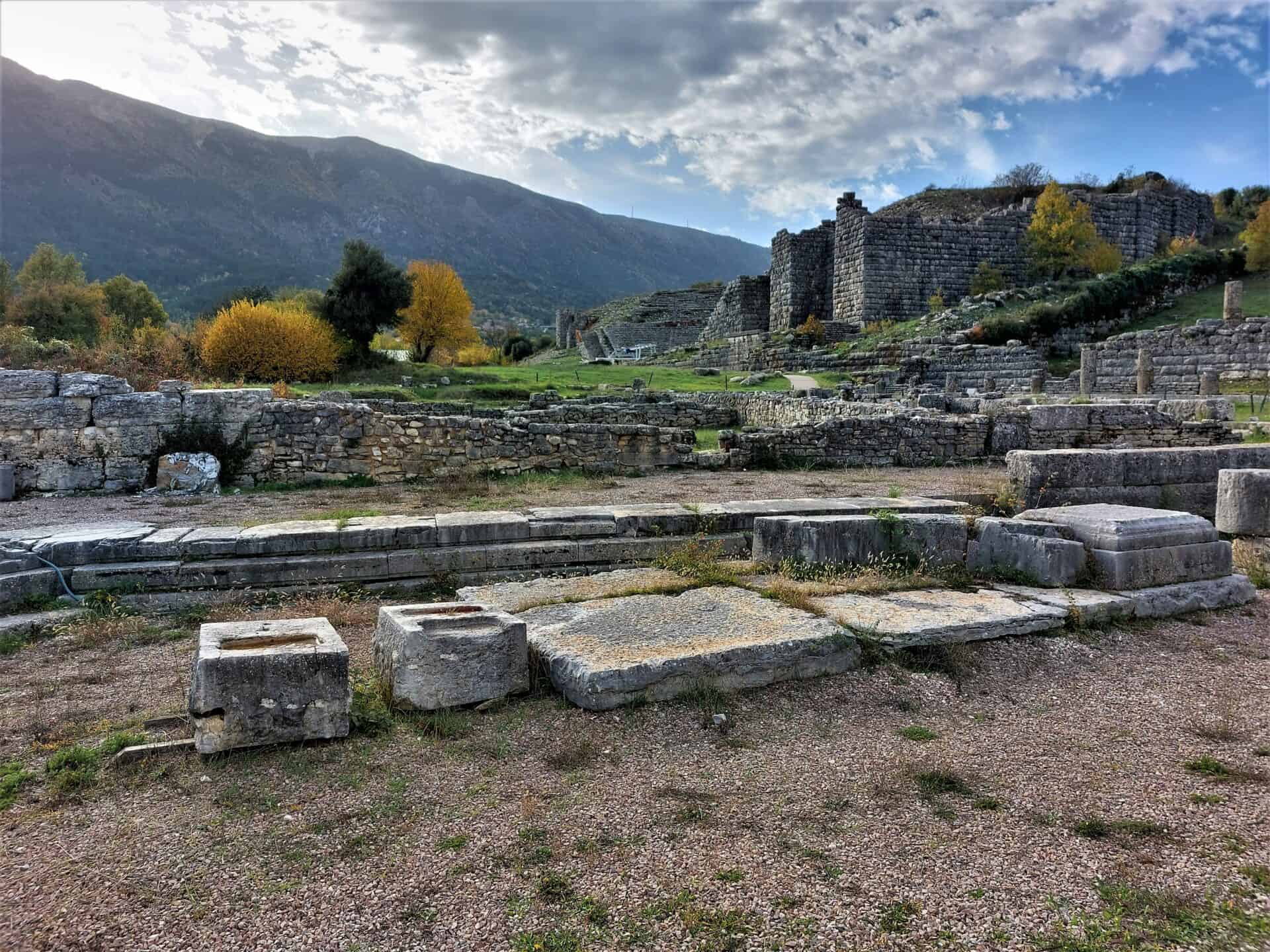Usually perceived as a simple stop over between Greece and Albania, Ioannina has thus far been widely ignored by travellers. However, this vibrant student town not only boasts a fascinating past and charming old town, but also functions as an unexpected hub for outdoor enthusiasts and gateway to Greece’s magical Zagori region.
Over the course of two visits and more than two months spent in this enchanting town, I fell absolutely in love with Ioannina and wonderful Zagorochoria.
Far removed from the country’s maritime image, I was first drawn in by her intriguing history and distinct culture (Epirus only became part of the Greek nation 100 years after the country’s independence from the Ottoman Empire), then her culinary richness, but stayed for the spectacular hiking opportunities found just beyond the threshhold of her doorsteps.
Amidst wandering her quiet, cobbled streets, strolling the gorgeous lakeside, and traversing the serene trails of the Pindos mountains, Ioannina not only cemented herself as one of my dearest city escapes but one of my favourite travel destinations in the world.
Thus, to convince you to add Ioannina to your next Greek itinerary, I compiled this extensive guide on 10 wonderful things to experience in and around this incredible, underrated city.
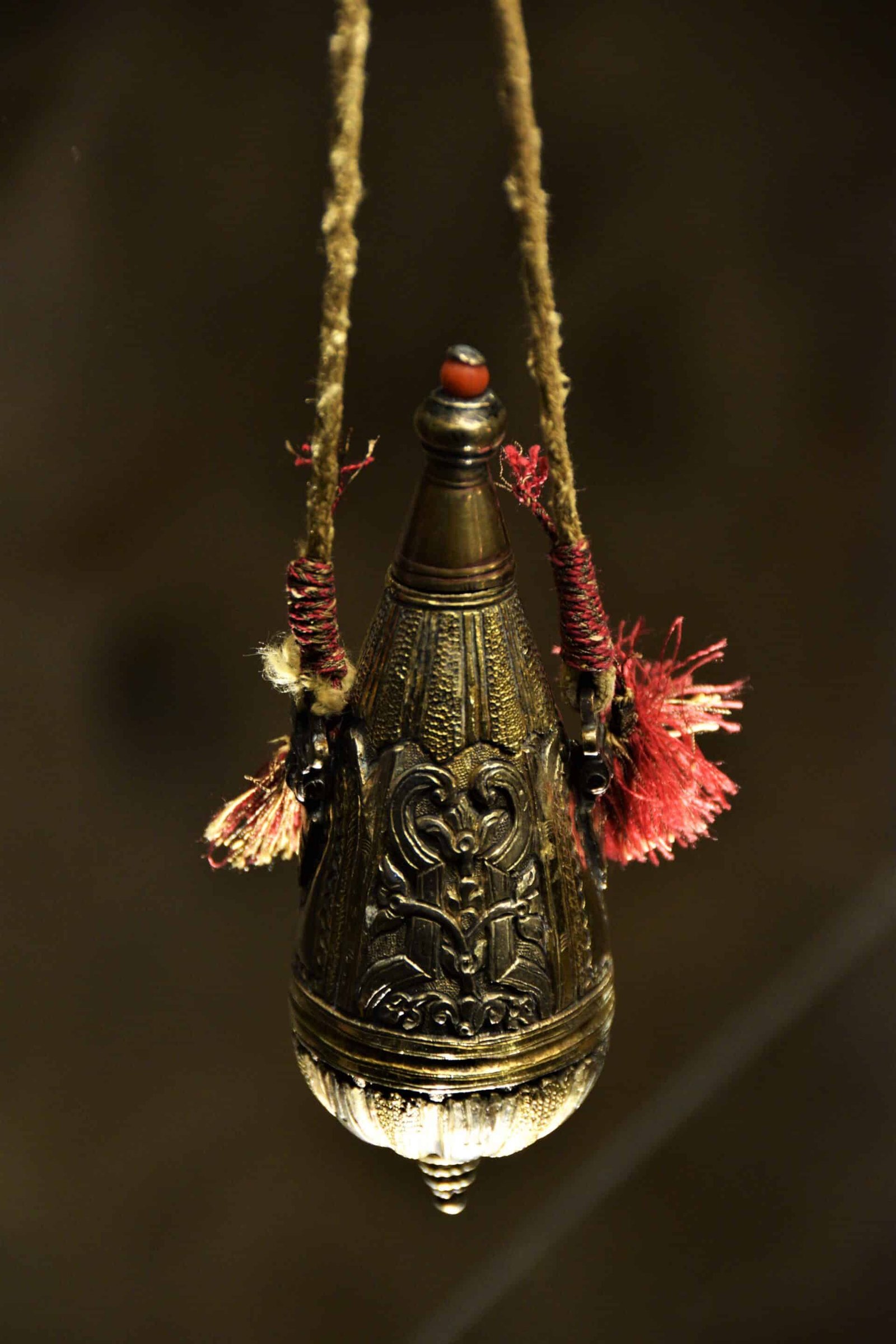
WANDER THROUGH ITS KALE
Located in the south-eastern corner of the old town, Its Kale, the “Inner Citadel”, forms the most formidable of Ioannina’s bastions.
Constructed on the foundations of former Frankish and Byzantine fortifications, the ramparts were entirely reconstructed during Ali Pasha’s reign and henceforth became the main residence of the Turkish despot, featuring his majestic seraglio, steaming hamams, and the elegant Fethiye Mosque.
Today, the fortress houses three museums (Fethiye Mosque, the Treasury, Byzantine Museum) highlighting the rich artisinal past rooted in both Ioannina’s long Byzantine and later Ottoman periods. From stunning Orthodox ecclesiastical art to lustrous silverware and beautiful Islamic murals, the displayed crafts span the centuries and offer a wonderful introduction to the city’s diverse history.
By far one of my favourite places in town, the citadel also offers wonderful views over Pamvotida Lake and the rising Pindos Mountains, as well as a welcomed respite from Ioannina’s hectic streets.
Entrance Fee* | General admission: 6€ | Reduced: 3€ (general admission during winter)
Opening Hours* | Winter (1.Nov-31.Mar): 8:30-17:00 | Summer (1.Apr-31.Oct): 8:00-20:00
Closed | 1 Jan | 25 Mar | Orthodox Easter Sunday | 1 May | 25/26 Dec | on Tuesdays
Free admission | 6 March | 18 April | 18 May | last weekend of September | 28 October | first Sunday of each month from 1.Nov-31.Mar (winter)
*Entrance fee and opening hours do only apply for the Fethiye Mosque, Treasury, and Byzantine Museum. Its Kale itself is free of charge and open until late in the evening.
For the latest prices and opening hours check out this website.
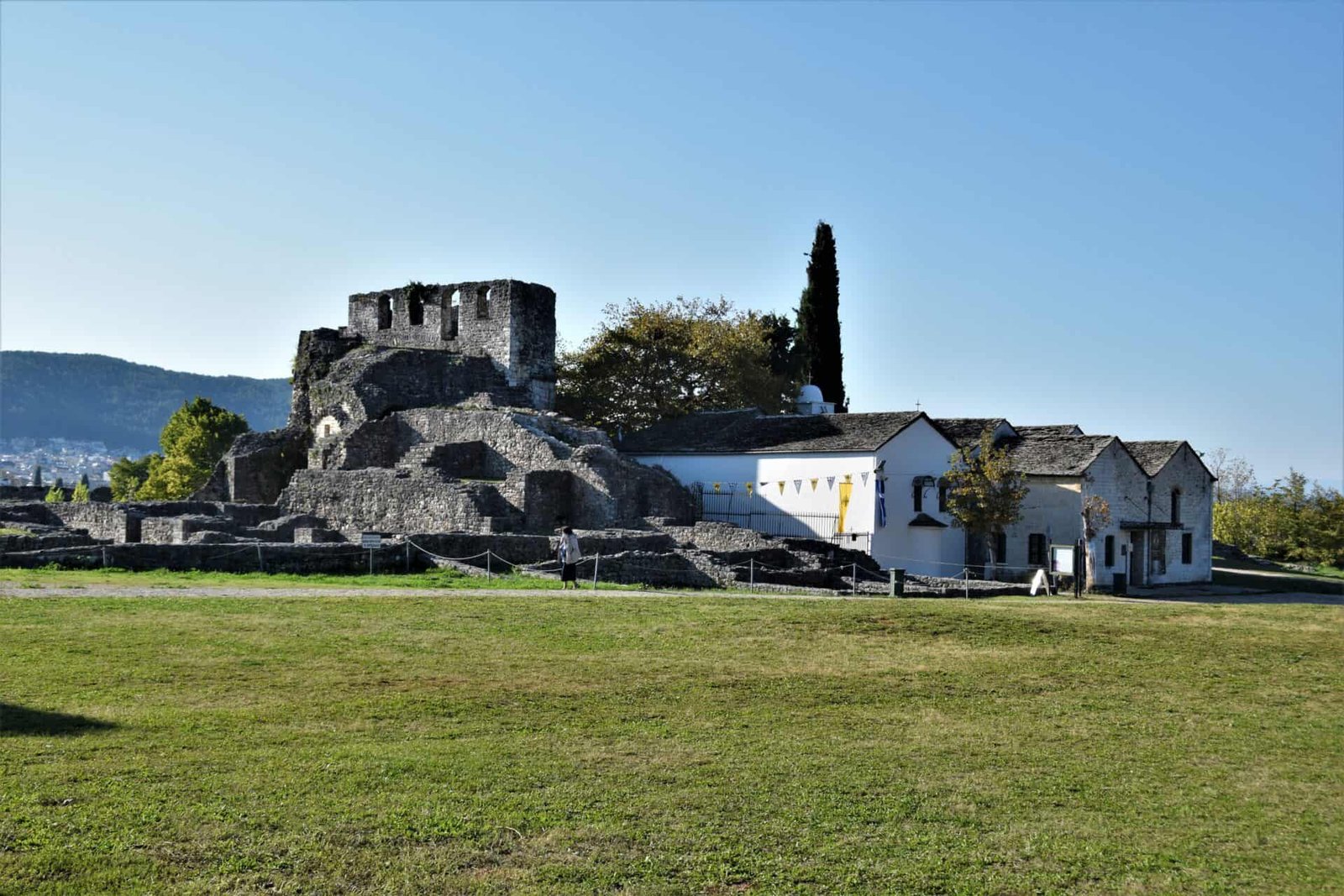
REVEL IN THE SPLENDOUR OF SILVER AND GOLD
One of Ioannina’s most striking features is the unexpected abundance of silverware being sold in the many shops that line the city’s streets.
Reaching back to the 17th century, the light of Epirote silversmithing tradition (as well as gold) was first sparked when Bohemian and Saxon miners journeyed southward through Europe and imparted their expertise to the local artisans. Hence introduced to new techniques and mining methods, the craft flourished and Ioannina and the neighbouring town of Kalarrytes established themselves as regional centres of this delicate artform.
“Janina is the centre both of art and fashion, and fits all the beaux of Roumeli (…). The savat, or the blackening of silver, their mode of ornamenting guns, drinking cups (…) is an art almost exclusively exercised by a settlement of Vlachi at Calarites”
D. Urquhart, London 1838
Nowadays, the most magnificent of these gleaming artifacts are displayed in the beautifully renovated Silversmithing Museum, situated in Its Kale’s lower castle grounds. While the first part of the exhibition takes a thorough look at the various ornamentation techniques used by Ioannina’s master smiths and the local history of the craft, the upper floor features a plethora of mesmerising items, including intricately adorned weaponry, luxurious jewellery, and incredibly detailed belt buckles.
Entrance Fee | General Admission: 4€ | Non-EU Students/Seniors: 2€ | EU Students: free
Opening Hours | 1 Mar–15 Oct: 10:00-18:00 | 16.Oc–28.Feb: 10:00-17:00
Closed | on Tuesday | 1 January | 17 January | Good Friday (until 12:00) | Orthodox Easter Sunday | 1 May | 15 August | 25-26 December
For up-to-date opening hours and prices check the official website of the Silversmithing Museum.
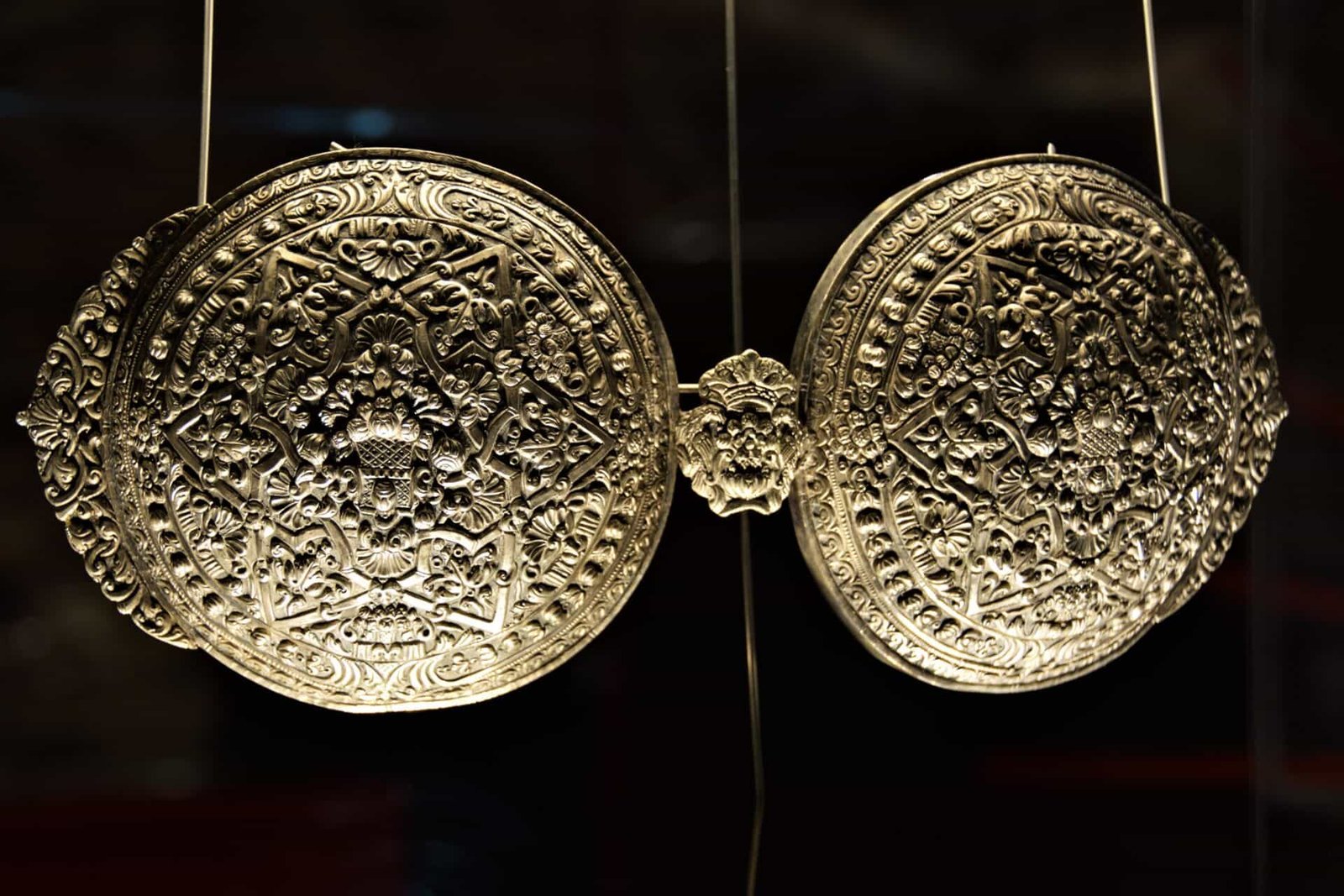
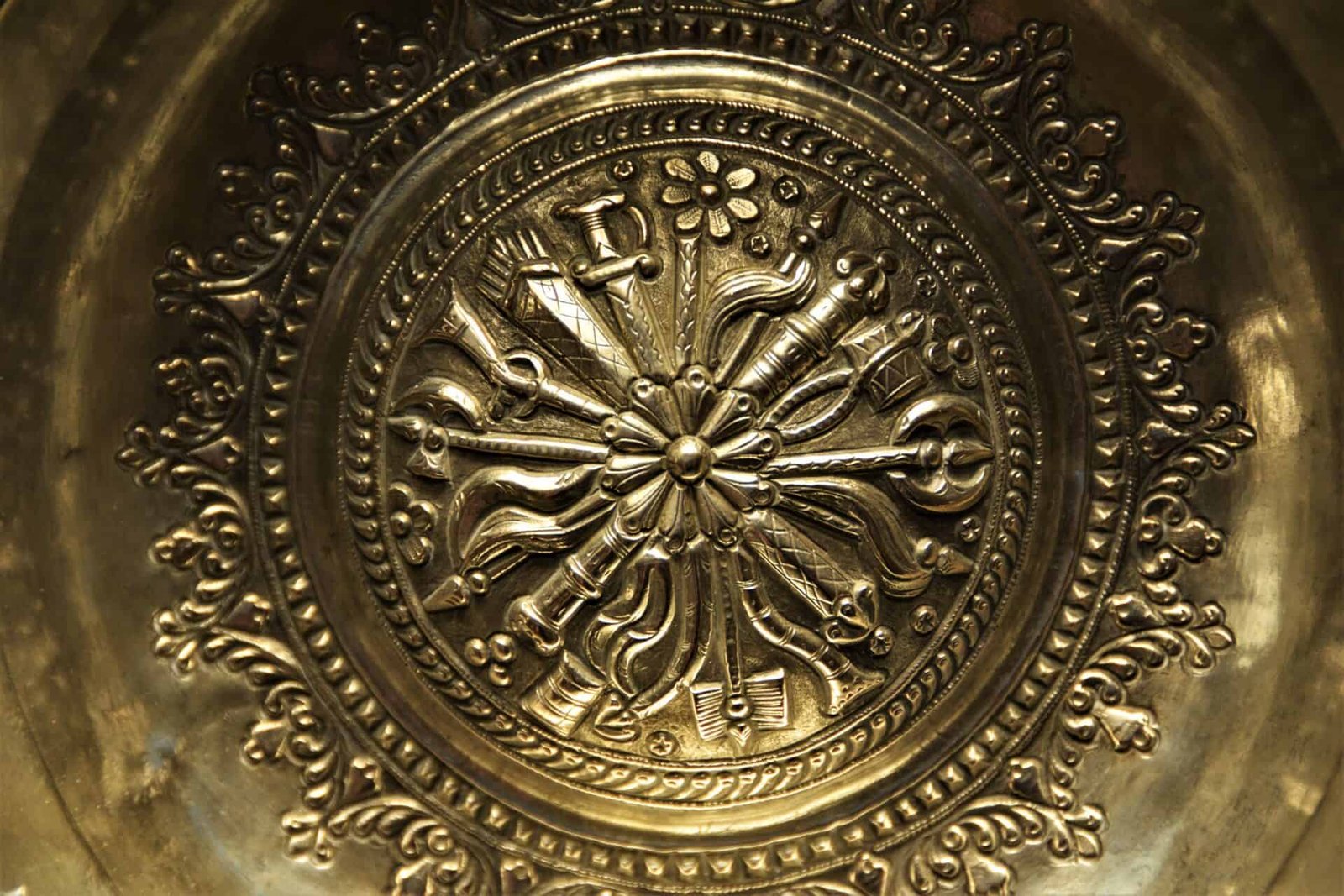

LEARN ABOUT IOANNINA'S RELIGIOUS HERITAGE
Entering the silence of Aslan Pasha’s Mosque is a somewhat surreal experience.
In a country that so fiercly tried to rid itself of its Islamic heritage entirely, the Ottoman mosques of Ioannina are a strange sight indeed, however, crossing the threshold of these serene buildings will take you right out of Greece.
A weathered dome, decorated with holy verses of the Quran arches majestically above the wonderfully carved mihrab (altar) and adjacent mimbar (pulpit), while bronze candelabras float in the air and glisten in solitary rays of light falling through elevated windows. There is a calming beauty in this architecture other temples fail to immitate.
Erected in 1618, following a failed insurrection against Turkish governance, the mosque formed part of a scheme to assert Ottoman dominance and reaffirm Islamic rule in the city. Together with the nearby library, the madrassa, kitchen, and Aslan Pasha’s sepulchre, the buildings form a rare Muslim complex that survived the revolution (Greek independence) of 1821. Today, the mosque has been converted into the Municipal Museum centered around the different religious groups that reside or once resided in Ioannina.
Entrance Fee | General admission: 2€ | Students (under 26): 1€
Opening Hours | Monday-Friday: 8:30-16:30 | Saturday-Sunday: 9:00-15:00
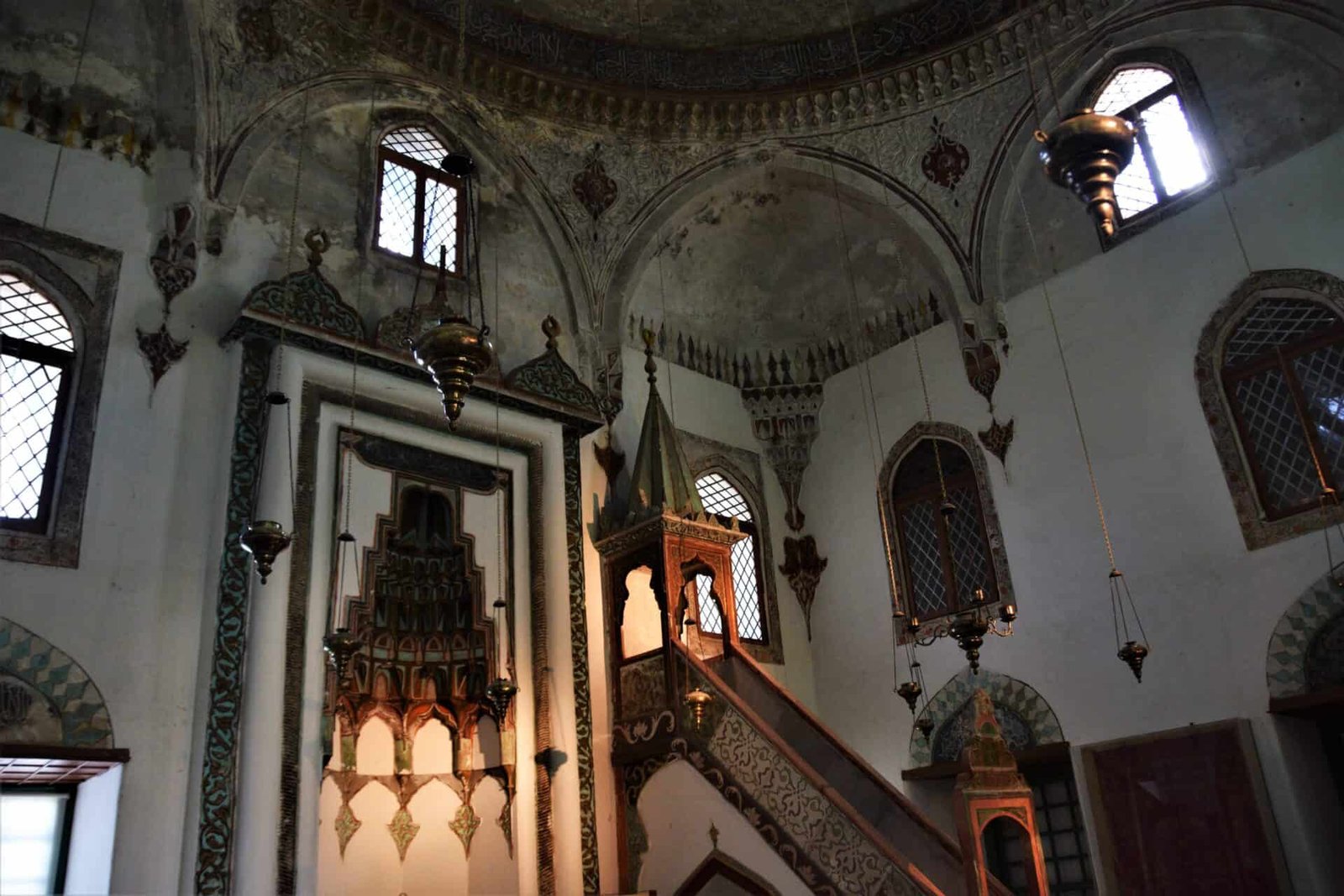
EXPLORE NISAKI ISLAND
Just off the north-eastern coast of Pamvotida Lake, lies a tiny nameless island. Simply called nisaki (islet) by the locals, this idyllic speck of land is the ideal getaway for those craving a quick break from the hustle and bustle of the city.
Despite its extremely managable size, the island has a lot to offer and visitors might easily spend the better half of a day exploring around the island. Besides a quaint, albeit quite touristy village, several century-old monasteries and the Ali Pasha and Revolutionary Museum are located there, as well as a panoramic road running along the water’s edge, inviting travellers to a lovely walk around nisaki.
If you are more interested in culinary peculiarities, the locals have you covered regardless, having specialised in the art of frog breeding. Therefore, if your tastebuds are already jumping in excitement, quickly hop over to one of the many taverns and get your hands on a crispy pair of frog legs!
How to get there | Ferries run every 30 minutes near the corner of Leof. Karamanli and Dionisiou Filosofou street. The last ferry from the island departs at 9pm. Tickets are bought on the boat.
Price | 4€ roundtrip (2€/ride)

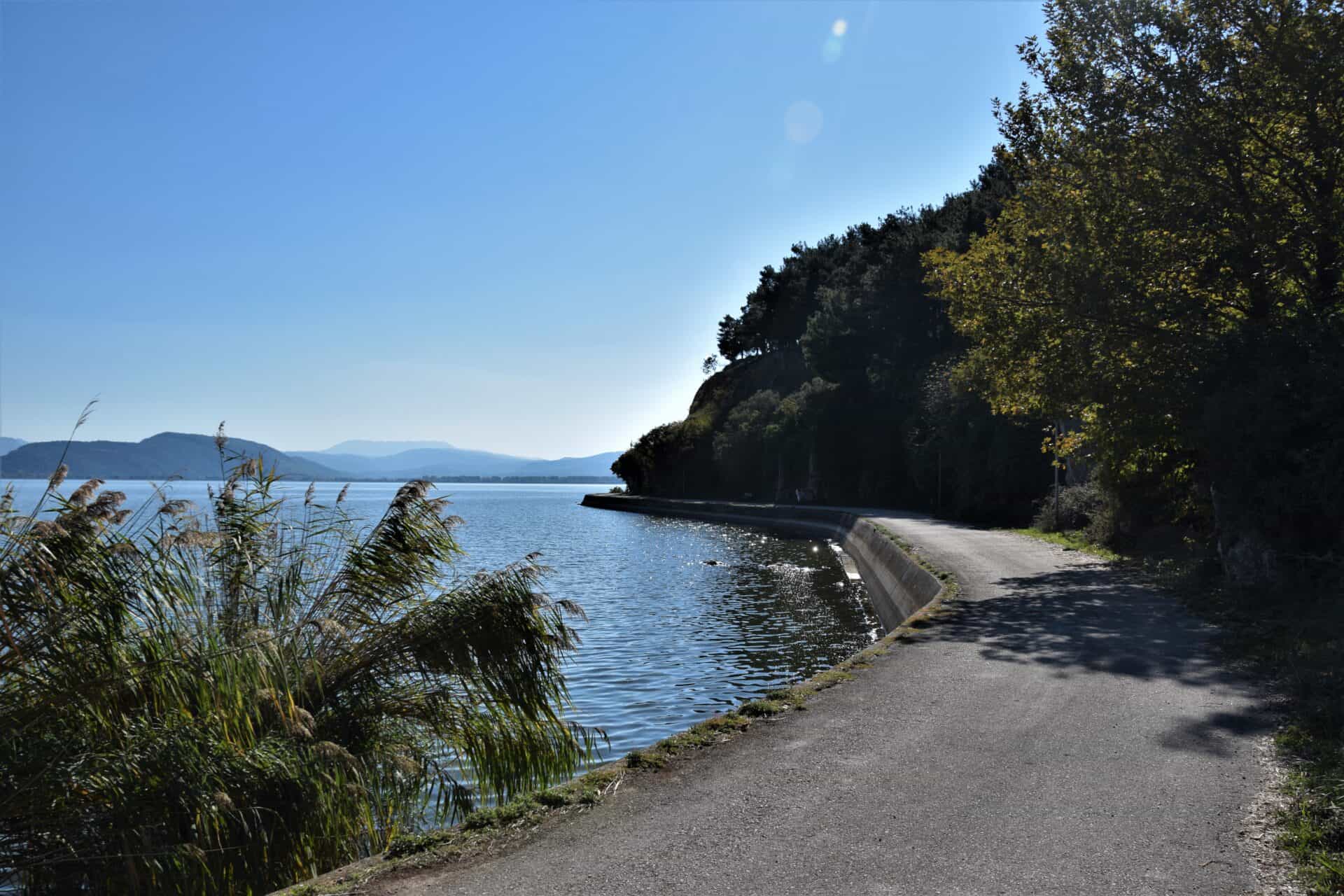
GAZE AT BYZANTINE ECCLESIASTIC ART
As mentioned above, no less than seven Orthodox monasteries dot nisaki. Constructed between the 13th and 15th century, they constitute a spectacular example of late Byzantine ecclesiastic art and shouldn’t be missed when visiting Ioannina.
Covered by impeccably well-preserved murals depicting biblical scenes, as well as the manifold and extremly graphic suffering of Christian martyrs, the interiors are an incredible feast for the eye and you might wanna spend quite some time examining these extraordinary wall paintings. Taking a closer look, I discovered a number of ancient Greek philosophers among the displayed characters. Given the oftentimes difficult relationship between the church and the classical sciences, I was intrigued to witness the apparent admiration for these influential figures within the Greek church.
The monastery of Philanthropenon boasts the best-preserved murals on the island, however, does not allow photos (the nuns WILL kick you out if you try to sneak one in!). For pictures head over to Panagia Elousa just a few minutes down the road.
Also, keep in mind that the opening hours of the monasteries might differ and that they tend to close for a few hours during the day.


DIVE DEEPER INTO THE CITY'S OTTOMAN PAST
In October of 1820, shortly before the Greek heartlands erupted in open rebellion against the waning Ottoman Empire, a Turkish army reached the shores of lake Pamvotida. Feeling threatened by the growing power of an evermore assertive Ali Pasha, then powerful governor of Epirus, the Sultan had dispatched his troops to deal with the potential adversary once and for all.
After withstanding an arduous year-long siege, Ali Pasha was forced to retreat to the small island on the lake and sought refuge in the monastery of St. Panteleimon. Followed by his sovereign’s soldiers, he was shot several times through the wooden floor of his hideout and finally succumbed to his wounds, ending the inner-political conflict. Following his posthumous beheading, Ali Pasha was then entombed next to Fethiye Mosque.
Today, the site of his assassination has been transformed into the Ali Pasha and Revolutionary Period Museum, commemorating his reign over Ioannina and the wider Epirus region, as well as the tumultuous years of the independence war, providing an interesting insight into Ioannina’s Ottoman past.
Entrance Fee | General admission: 3€ | Students (under 26): 2€
Opening Hours | 9:00-18:00
ALI PASHA
Born in 1741 in the Albanian town of Tepelen, Ali Pasha became governor of Ioannina in 1788. Scheming from his Epirote power base, he gradually expanded his influence over much of the Southern Balkans until his realm included most of Albania, Macedonia, the Peloponnese (except Mani), Thessaly, and huge parts of mainland Greece.
Operating highly independent from the Sublime Porte, he invested heavily in the region's infrastructure and established Ioannina as an important commercial, political, and cultural centre. Interestingly, in his endeavours he mainly relied on the local Greek population and even married a Greek woman, conducting a Christian wedding in the process. He regularly welcomed foreign visitors to his serail, who vied fiercly for the pasha's attention. His growing power proved to be his downfall, however, and in 1822 he was shot dead during the siege of Ioannina.

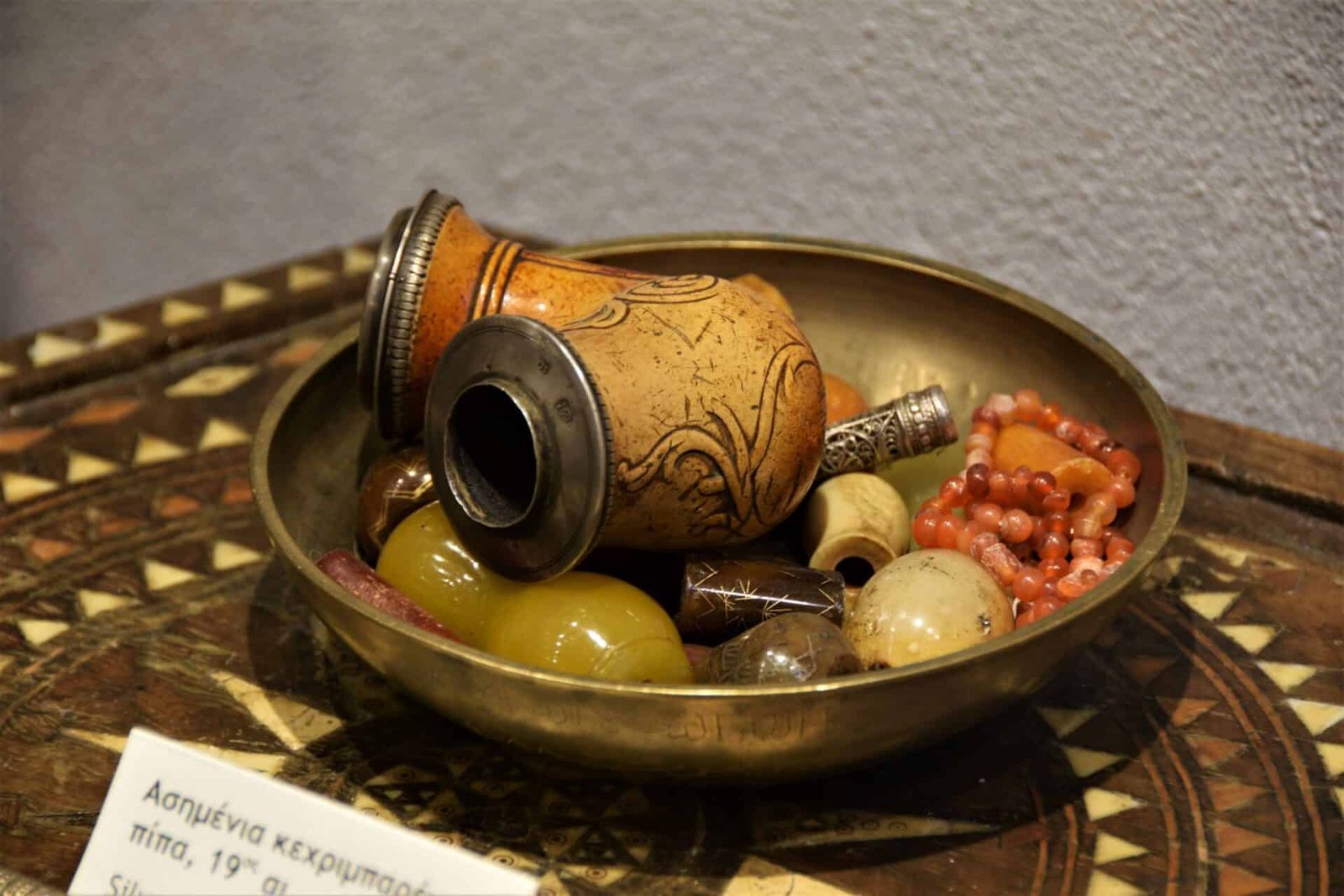
DESCEND INTO PERAMA CAVE
Only discovered in 1940 underneath the small village of Perama, the eponymous cave complex is a wonderful choice for those looking for something a wee bit out of the ordinary when visiting Ioannina.
Formed over the course of 1,5 million years inside the darkness of Goritsa Hill, Perama Cave is an extensive subterranean network of vast caverns, winding tunnels, and narrow corridors leading ever deeper into this intriguing underground world. Famous for its wide variety of dripstone formations, many of the structures have already been given adequate names, however, countless still wait for their christening, thus let your imagination run rampant!
Located only 5km from the city centre, the site is easily reached by public bus or foot.
Entrance Fee | General admission: 7€ | Students: 3,5€
Opening Hours | 9:00-17:00 (every day)
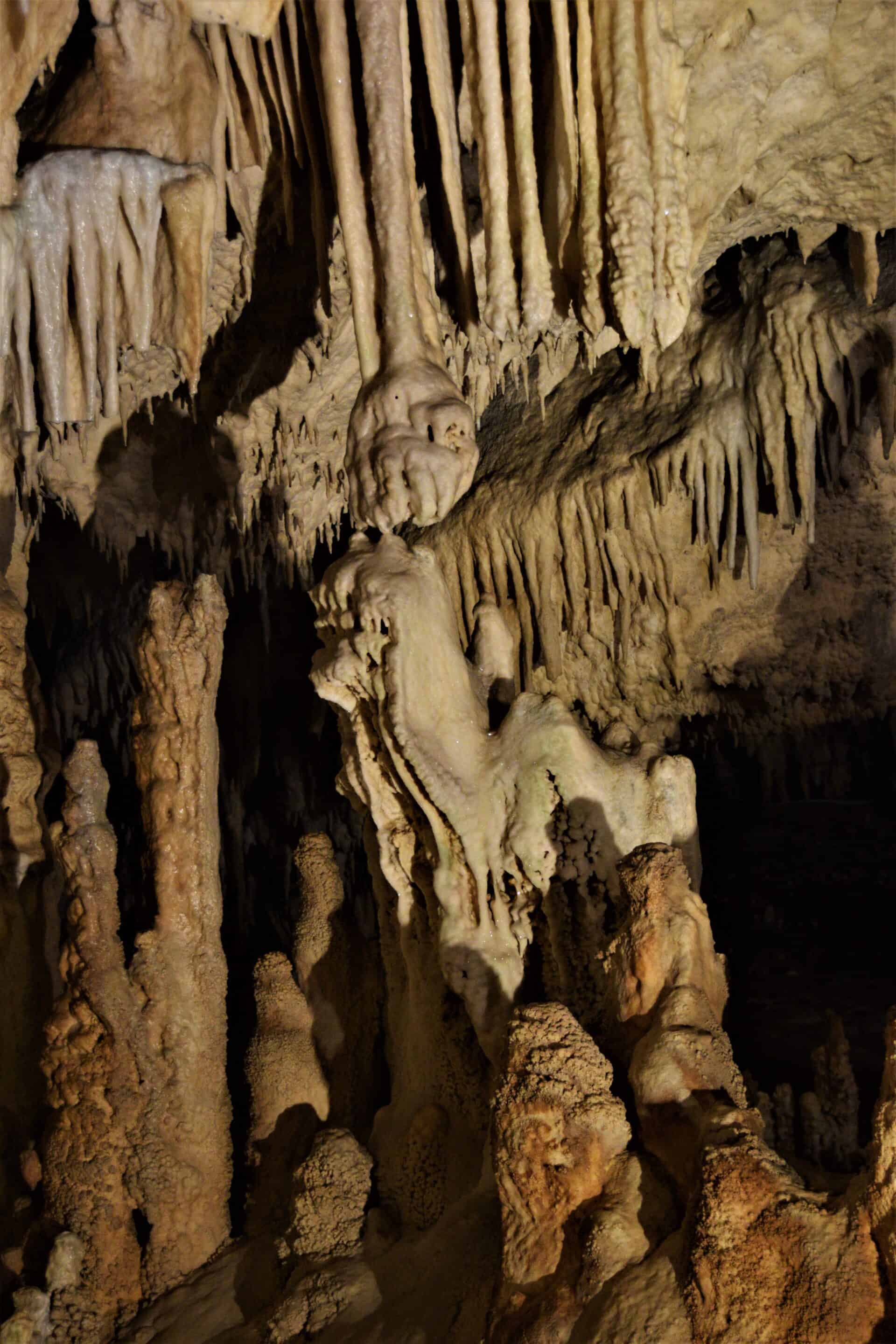
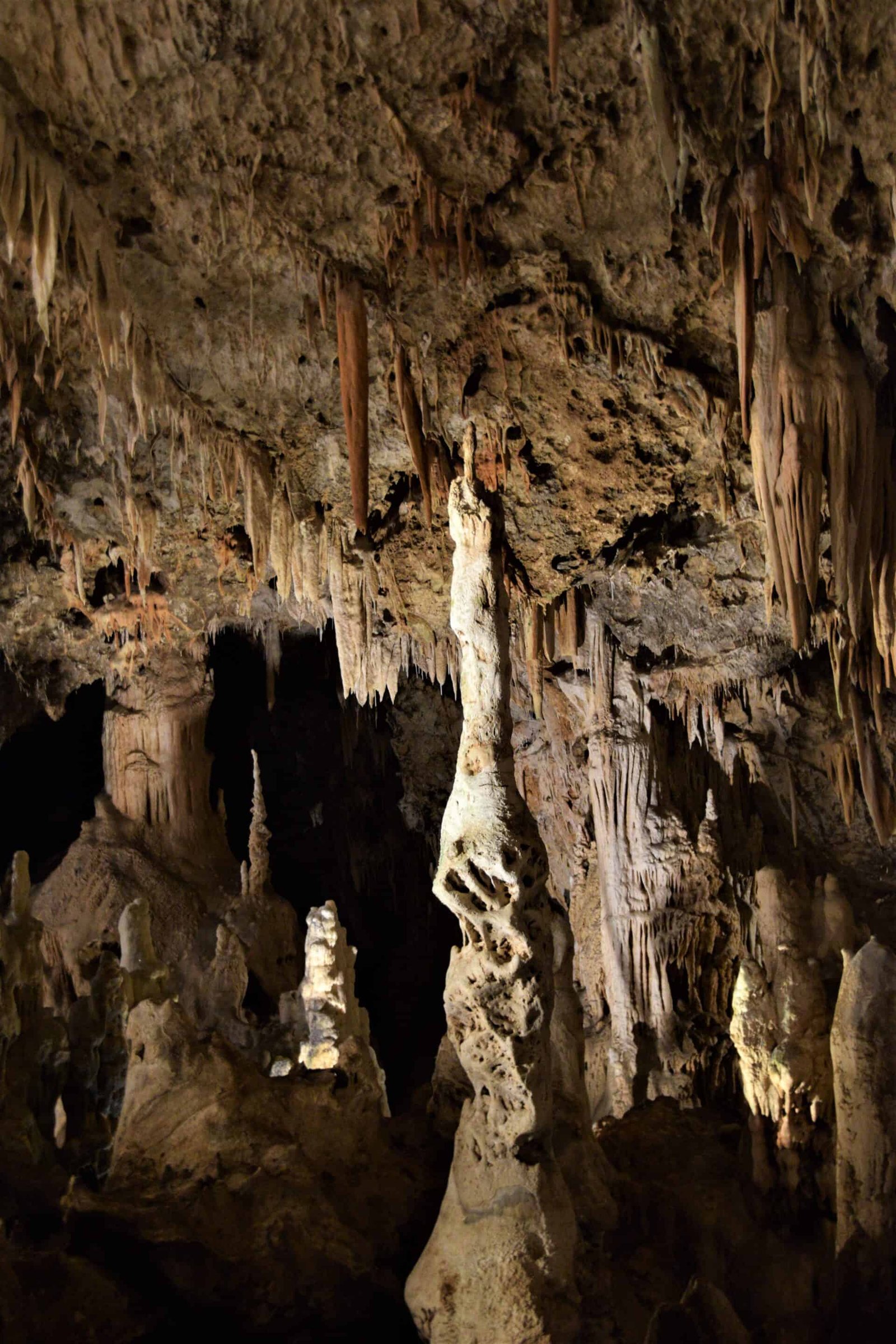
TRAVERSE VIKOS GORGE
Just a short ride north of Ioannina waits one of Greece’s most impressive geological formations. Cutting through the beautiful Pindos mountains, Vikos Gorge is not only the country’s foremost canyon but according to Guinness the deepest canyon (relative to its width) in the entire world!
Although, exact numbers vary greatly (from 600 to 1000 metres), Vikos grandeur is unquestionable. A magical hiking destination of moss-covered trails and sweeping vistas tugged away beneath skybound scarps, its remoteness offers shelter to several endangered animals, such as bears, wolves, and wild cats creating one of Europe’s most biodiverse habitats. If that wasn’t enough to convince you to add Vikos to your next trip, the gorge lies surrounded by a number of ridiculously enchanting stone villages ready to remove all lingering doubts.
Also, make sure to visit during fall when Vikos puts on a sensational specatcle, transforming into an autumnal inferno of blazing colours, a flamboyant composition that shouldn’t be missed when visiting this criminally underrated travel destination.
FIND OUT MORE | Hiking Vikos Gorge | A complete guide to Greece’s deepest canyon
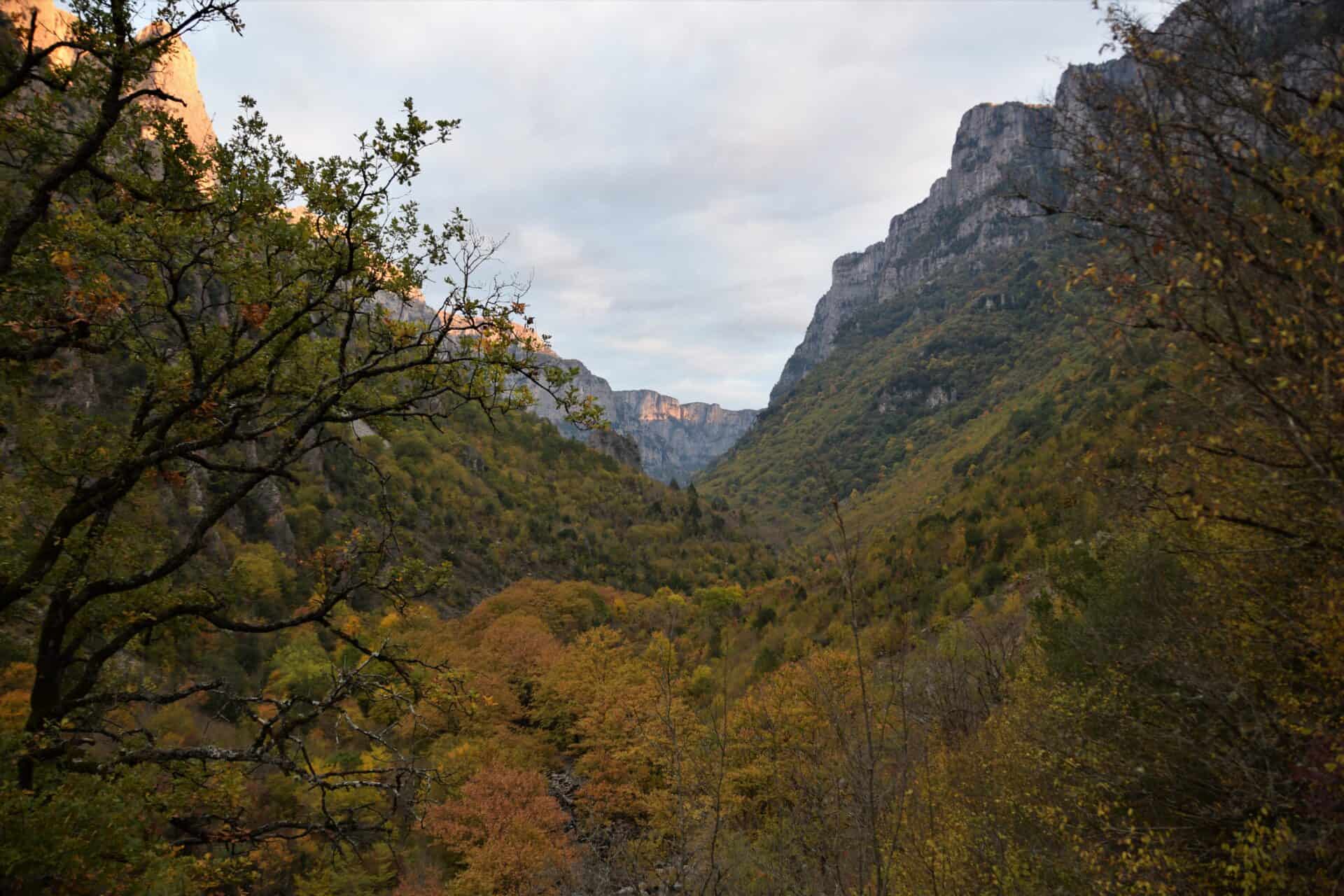
MARVEL AT DRAKOLIMNI | THE DRAGON LAKE
Still lie the frigid waters of Drakolimni, Epirus’ fabled Dragon Lake.
Encompassed by towering peaks and perpendiculous cliffs, a strenuous ascent is needed to reach this utterly pristine alpine pearl tugged away into a remote corner of the Tymfi massif. Beyond the hardships awaits a serene place of natural sublimity, however. Once believed to be the lair of a primordial beast (hence the name), Drakolimni is the single most epic daytrip option from Ioannina and should be on everyone’s itinerary!
In general, the whole Vikos-Aoos National Park, the Tymfi massif in particular, is an absolutely dream for hikers and outdoor lovers, a destination of uncharted trails, gaping canyons, and soaring mountains, yet to be discovered by the masses.

VISIT DODONI | GREECE'S FIRST ORACLE
Long before the ascendance of Zeus as the Allfather of the Greek pantheon, the ancient folk inhabiting the dim woods of Pindos venerated Gaia, Mother Earth, often associated with fertility, augury, and tree-worship.
When migrating tribes arrived to these forested valleys in the 2nd millennium BCE, old and new faiths merged and thus both Zeus and Gaia, now called Dione, resided at Dodoni, a sacred site in what is now Greece’s beautiful Epirus region. Excavations have revealed, however, that the occult art of prophecy at Dodoni was already practiced at least a millennium earlier, crowning it the oldest oracle in Greece!
After a turbulent history, the sanctuary lost its significance with the emergence of Christianity in the 4th century CE, before being completely abandoned two centuries later.
Although, the shrine never reached the fame of Delphi, it is still considered to be the second most important oracle of ancient Greece and a wonderful daytrip option from Ioannina.
FIND OUT MORE | The sanctuary of Dodoni | Greece’s first oracle
